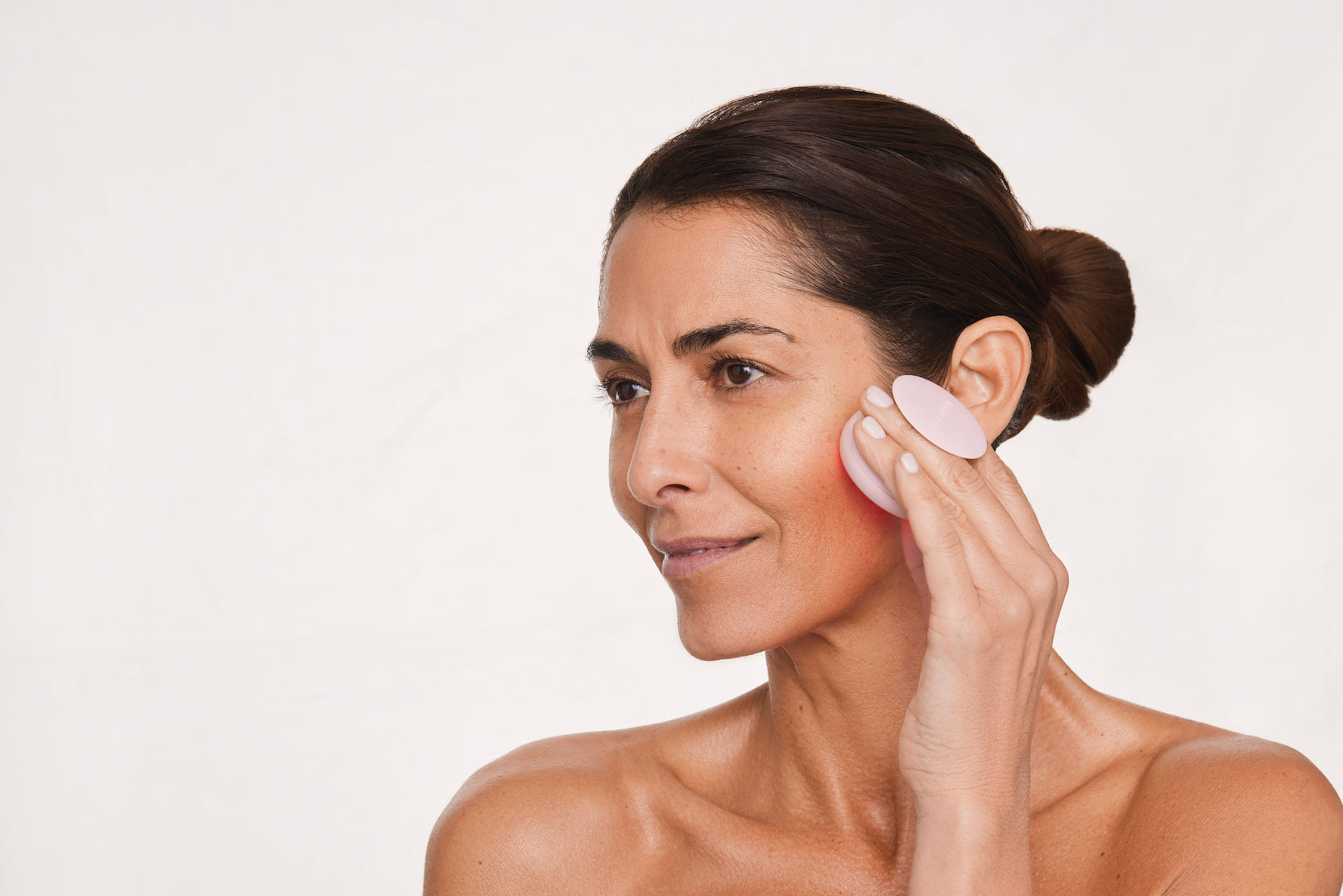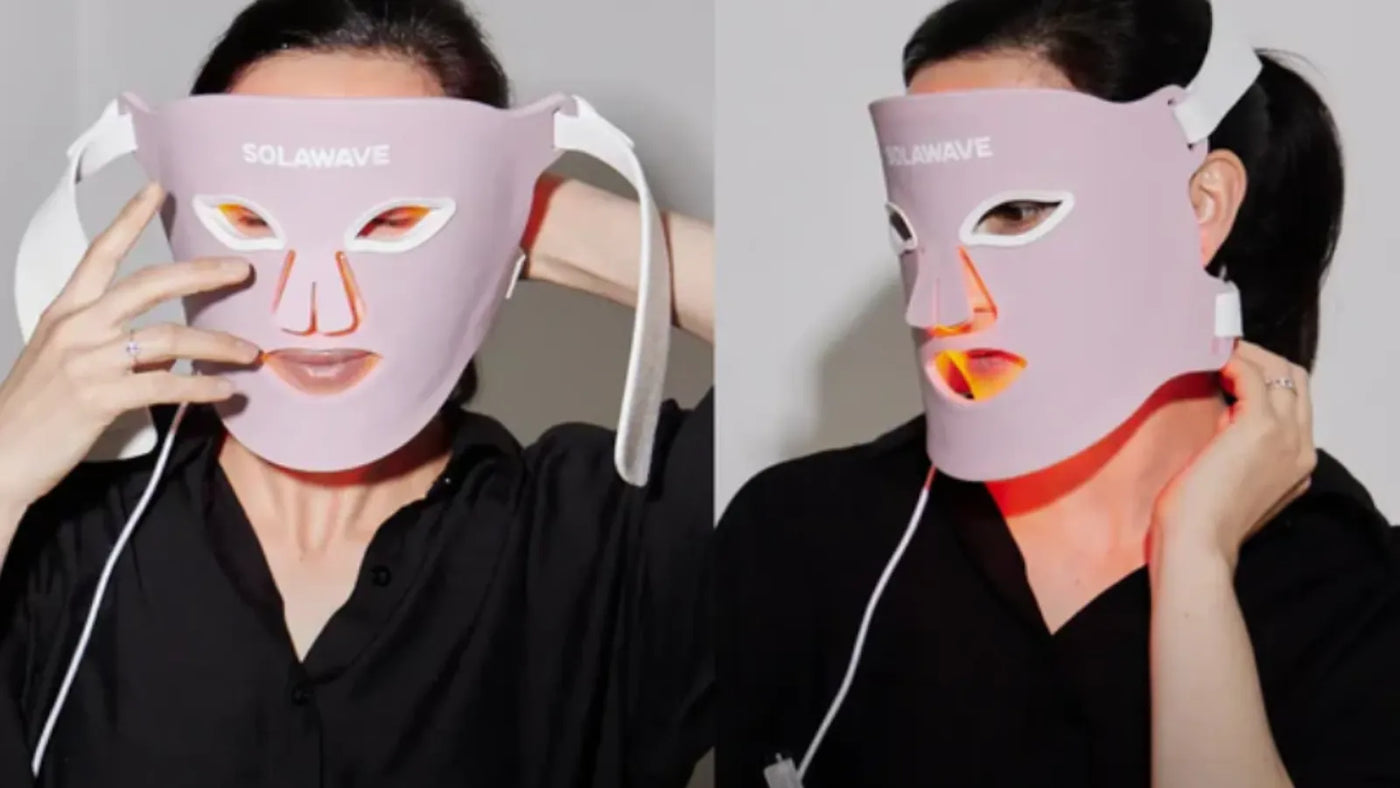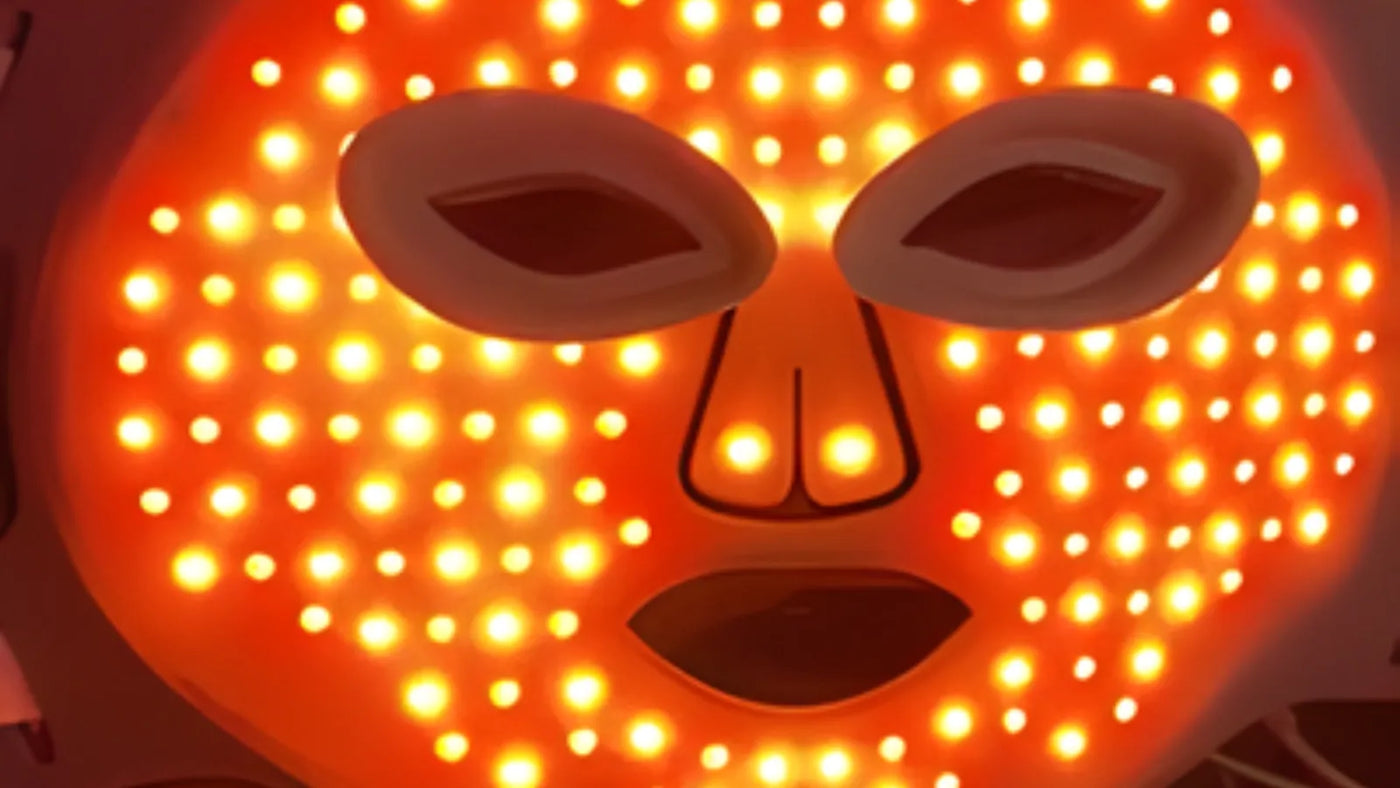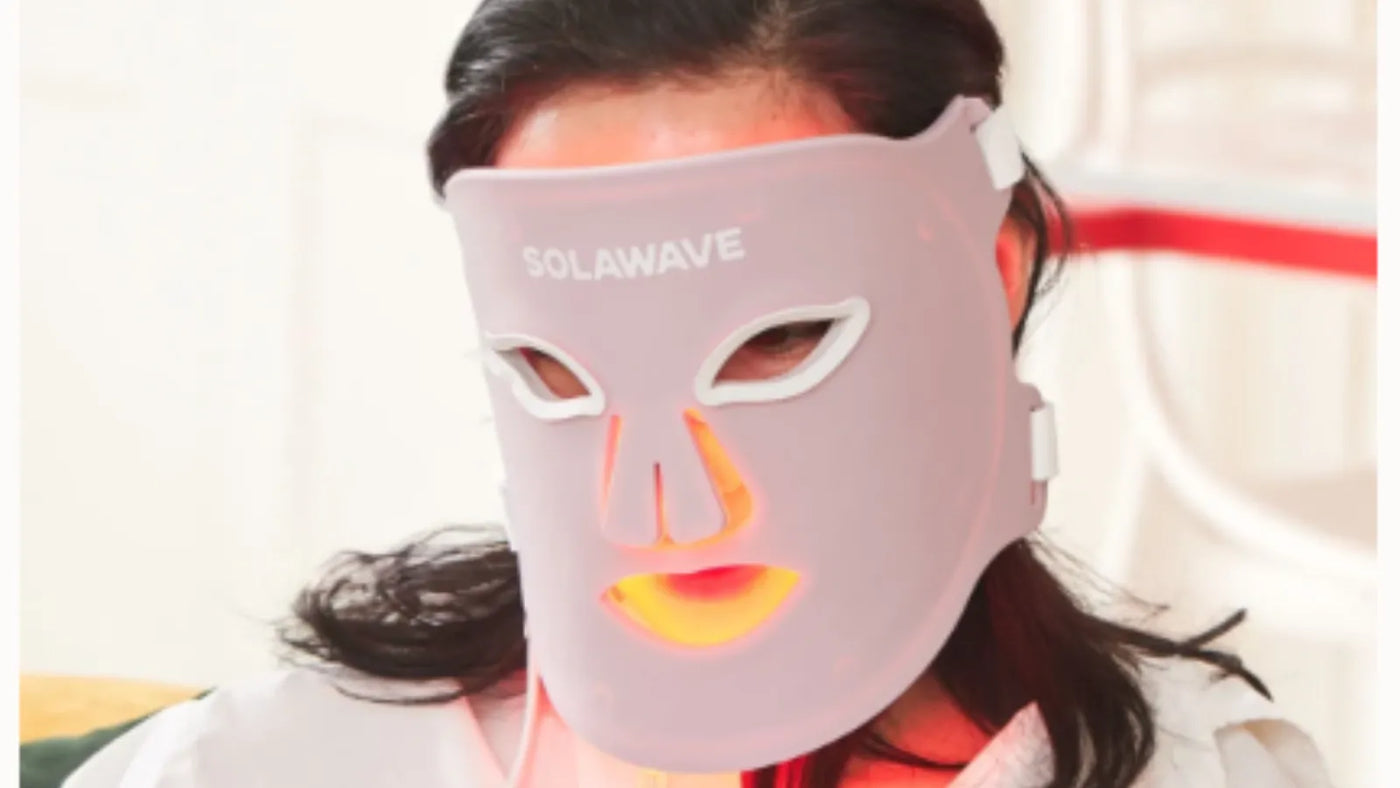

Is Red Light Therapy for Gums Health Helpful?
Gums play a primary role in supporting your teeth and protecting the underlying bone, but they can be vulnerable to a range of issues. Common gum problems include gingivitis, which is the early stage of gum disease marked by redness and swelling, and periodontitis, a more advanced condition that can lead to tooth loss if left untreated. Other concerns, such as gum recession and sensitivity, can also impact your comfort and dental health.
When it comes to addressing gum conditions, you'll want to rely on treatments that are supported by scientific evidence and recommended by dental professionals. Proven approaches such as professional cleanings, prescription medications, and consistent oral hygiene are the foundation for maintaining and restoring gum health.
While there is growing interest in alternative approaches like red light therapy, it’s essential to understand that red light therapy is not a cure or treatment for gum disease or any other medical condition. Here's what to know about what can actually support your gum health and what may be causing issues in the first place.
What To Know About Gum Health
Your gums, also known as gingiva, are the soft tissues that surround and support your teeth. They act as a protective barrier, shielding the roots of your teeth and the underlying bone from bacteria and physical damage. Healthy gums help anchor your teeth in place and play a vital role in maintaining the stability and function of your entire mouth.
What Do Healthy Gums Look Like?
Healthy gums are typically firm, pale pink, and fit snugly around your teeth. They should not bleed during brushing or flossing and should not feel tender or swollen. When your gums are in good condition, they help prevent harmful bacteria from reaching deeper tissues and causing more serious dental problems.
Common Gum Problems
Gingivitis
Gingivitis is the earliest stage of gum disease. It is caused by the buildup of plaque — a sticky film of bacteria — along the gumline. Symptoms include redness, swelling, and bleeding, especially when brushing or flossing. Gingivitis is usually reversible with improved oral hygiene and professional dental care.
Periodontitis
If gingivitis is left untreated, it can progress to periodontitis, a more severe form of gum disease. Periodontitis involves inflammation and infection that spreads below the gumline, damaging the tissues and bone that support your teeth. This can eventually lead to tooth loosening or loss. Periodontitis often requires more intensive treatment from a dental professional.
Gum Recession
Gum recession occurs when the gum tissue pulls away from the teeth, exposing the roots. This can make your teeth appear longer and increase sensitivity to hot, cold, or sweet foods. Gum recession can result from aggressive brushing, gum disease, or even genetics. If left unaddressed, it can increase the risk of tooth decay and further gum problems.
Can You Use Red Light Therapy for Gums?
Red light therapy has gained attention in recent years for its potential effects on various aspects of health, including skin care, muscle recovery, and supposedly, oral health. However, when it comes to using red light therapy for your gums, it’s important to understand what the research actually shows — and what it doesn’t.
Some early studies have explored the effects of red light therapy on oral tissues, including the gums. These studies suggest that red light may help reduce inflammation and promote healing at a cellular level. However, most of this research is limited, and the studies often involve small sample sizes or are conducted in laboratory settings rather than real-world dental practices.
Currently, there is not enough high-quality evidence to support the use of red light therapy as a reliable or effective treatment for gum disease or other gum problems. The American Dental Association and other major dental organizations do not recommend red light therapy as a standard approach for managing gum health.
How Are Gum Problems Treated?
When it comes to treating gum problems, dental professionals rely on a range of proven methods designed to restore gum health and prevent further complications.
Professional Dental Cleanings and Scaling
Routine dental cleanings are essential for removing plaque and tartar that can’t be eliminated by brushing and flossing alone. If gum disease is present, your dentist or dental hygienist may recommend scaling and root planing, a deep cleaning procedure that removes bacteria from beneath the gumline and smooths the tooth roots to help gums reattach.
Antibacterial Mouthwashes and Topical Treatments
Antibacterial mouthwashes and medicated rinses can help reduce bacteria and inflammation in your mouth. In some cases, your dentist may apply antimicrobial gels or solutions directly to the gums to target infection and promote healing. These treatments are often used alongside professional cleanings for best results.
Prescription Medications
For more advanced gum problems, prescription medications may be necessary. These can include oral antibiotics to control infection or antimicrobial gels that are placed in the gum pockets after deep cleaning. Your dentist will determine if medication is appropriate based on your specific condition.
Surgical Interventions
When gum disease has progressed and caused significant damage, surgical treatments may be required. Common procedures include:
-
Flap Surgery: The gums are lifted back to allow for deep cleaning of the tooth roots and removal of tartar. The gums are then sutured back in place for better healing.
-
Gum Grafts: Tissue is taken from another part of your mouth (or a donor source) and attached to areas where gums have receded, helping to protect exposed roots and improve appearance.
-
Bone Grafts and Regenerative Procedures: In cases where bone loss has occurred, grafts or regenerative materials may be used to encourage new bone growth and stabilize teeth.
How To Support Gum Health
Supporting your gum health to prevent issues in the first place is a proactive process that goes beyond just brushing your teeth. You can significantly reduce your risk of gum problems and maintain a strong foundation for your smile by adopting some of the healthy habits below.
Practice Consistent Oral Hygiene
-
Brush Twice Daily: Use a soft-bristled toothbrush and fluoride toothpaste to gently clean your teeth and gums every morning and night.
-
Floss Every Day: Flossing removes plaque and food particles from areas your toothbrush can’t reach, especially between teeth and under the gumline.
-
Use Mouthwash: An antibacterial mouthwash can help reduce bacteria and freshen your breath. Ask your dentist for recommendations that suit your needs.
Maintain a Healthy Diet
-
Eat Nutritious Foods: A balanced diet rich in vitamins and minerals — especially vitamin C and calcium — supports gum tissue and overall oral health.
-
Limit Sugary Snacks and Drinks: Sugar feeds the bacteria that cause plaque and gum disease. Choose water and healthy snacks whenever possible.
Avoid Tobacco Products
Smoking and using other tobacco products significantly increase your risk of gum disease and slow down healing. Quitting tobacco is one of the best things you can do for your gums and your overall health.
Schedule Regular Dental Visits
Professional cleanings and checkups are essential for detecting gum problems early and keeping your mouth healthy. Your dentist can remove tartar buildup, monitor your gum health, and provide personalized advice.
Be Gentle With Your Gums
Avoid aggressive brushing or using hard-bristled toothbrushes, as these can damage your gum tissue and lead to recession. Always use gentle, circular motions when brushing.
Conclusion
Taking care of your gums is essential for maintaining a healthy mouth and overall well-being. Proven treatments such as professional dental cleanings, prescription medications, and maintaining oral hygiene remain the most effective ways to prevent and manage gum problems.
While red light therapy is an emerging area of interest and continues to be studied for its potential effects, it is not a replacement for established dental care or a treatment for gum disease.
If you have concerns about your gum health, the best step you can take is to consult a dental professional. Your dentist can provide personalized advice, diagnose any issues early, and recommend the most effective, evidence-based treatments for your needs.
Disclaimer: This article is intended for informational purposes only and should not be interpreted as medical advice or guidance. Always seek medical advice and care from a trusted healthcare professional.
Sources:





















